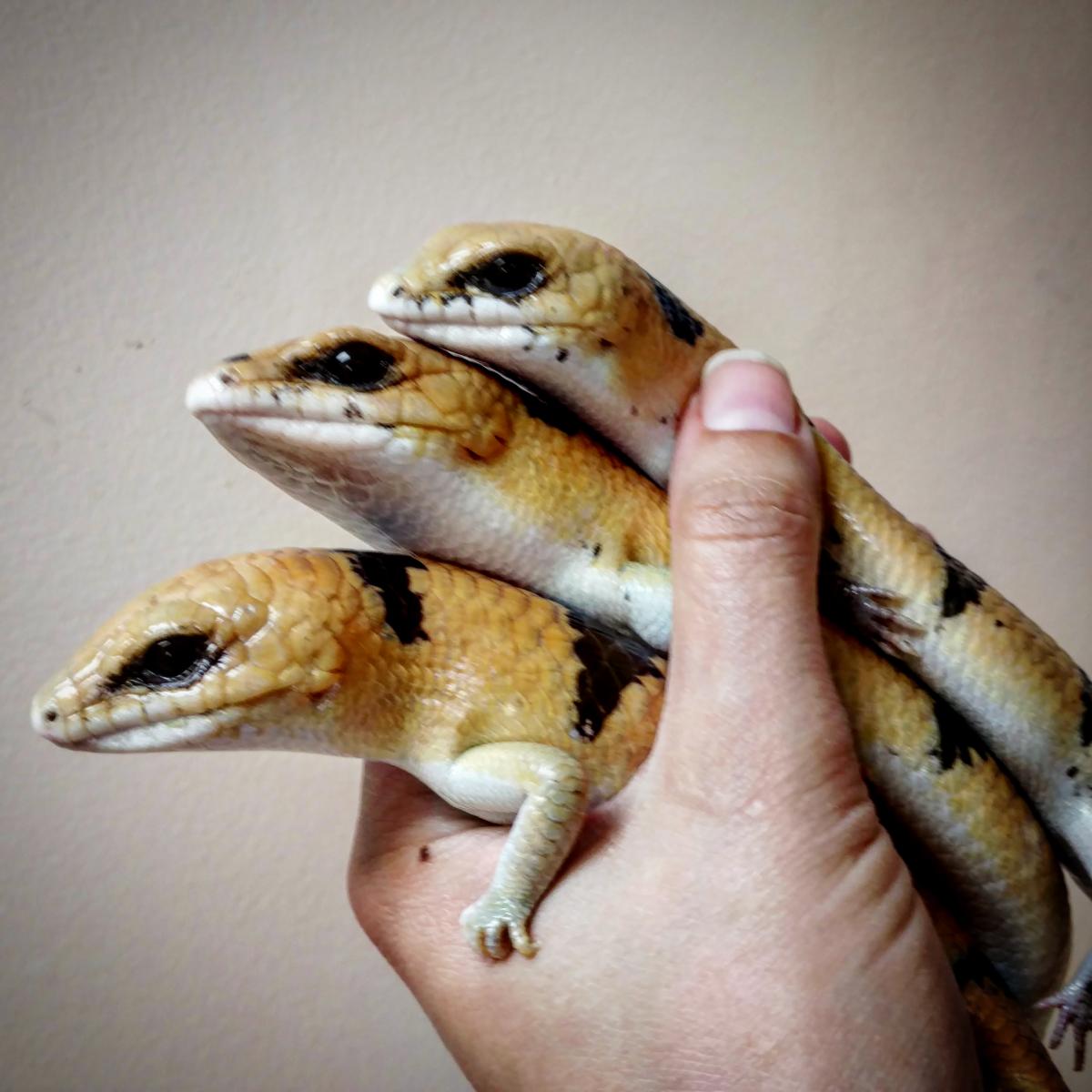DIET SUPPLEMENTS FOR REPTILES



Crested Geckos can be a great beginner level pet reptile owing to their captive care needs. They are different from many other lizards in their ability to use their adhesive setae (hairs) on their feet to adhere to smooth vertical and horizontal surfaces. This ability developed due to their arboreal habitat and the need to not fall out of trees. They only grow to a maximum length of 8-9 inches and are relatively long lived with many living into their mid teens and even up to 20 years old.
*This video contains copyrighted material from the Avian and Exotic Animal Clinic of Indianapolis. Complete videos are made available for educational purposes only. No videos or portions of videos may be captured, modified or displayed without written permission.
Vitamin A is an essential, fat-soluble vitamin that is produced from carotenoids such as beta carotene. This vitamin plays an important role in the body including skin health, red blood cell production, antibody production, and immune responses to pathogens.
Tegus are intelligent and curious lizards that can be tamed and trained with regular handling and interaction.The Salvator species are the most commonly kept Tegus in captivity and include the Argentine black and white tegu (Salvator merianae) and the Red tegu (Salvator refescens).
(Salvator merianae) and the Red tegu (Salvator refescens).
Tree Monitors are native to forest areas in Papua New Guinea, Indonesia and parts of Australia. They come in a varsity of colors including the blue (Varanus macraei), black (Varanus beccari), green (Viranus prasinus) and yellow (Varanus reisingeri) with the blue tree monitor being the largest. The average male is approximately 42 in (3.5 ft) and females tend to be about 4 inches smaller in size. The other sub-species range in size from 24-36 in (2-3 ft).
Gout occurs because of a buildup of uric acid in the blood. This can result in being deposited in the joints, which is called articular gout, or in the organs, which is called visceral gout. This can occur either because of the body producing too much uric acid or from the body not being able to get rid of the uric acid.
 Peter's banded skinks are uncommon in the reptile hobby. These inquisitive skinks, about the size of a leopard gecko, can make great pets with the right care. They tend to become quite tame and will often beg their owner's for treats. Peter's banded skinks, Scincopus fasciatus, are a monotypic species of the Genus Scincopus which are recognized by their squat bodies, robust limbs, short tails and orange/yellow and black dorsal banding patterns. This species has two described subspecies, S. f. fasciatus and S. f. melanocephalus. The former being described possessing distinct dark transverse blank bands with little to no black on the head while the latter is described as having an almost completely black head and far less distinct black banding. Most captive specimens can be presumed to be of the S. f. fasciatus subspecies based on morphologic appearance. These nocturnal lizards are native to the Sahelian and southern Saharan regions of northern Africa. These sandy regions are extremely arid with limited annual rainfall. Average high temperatures within these regions range from 24 to 42°C (81-108°F) with coolest temperatures dropping as low as 15°C (90°F). Similar environmental conditions should be provided in captivity. Little data is available concerning the natural diet of Scincopus fasciatus. They are believed to be primarily insectivorous, but may consume some plant material. A variety of commercially available insects should be offered along with small amounts of fruits, flowers, and vegetables. The diet should be supplemented with vitamins and minerals. This species UVB lighting requirements are also unknown. Providing this lighting should be strongly encouraged given recent studies have demonstrated benefit in another nocturnal lizard, the leopard gecko (Eublepharis macularius).
Peter's banded skinks are uncommon in the reptile hobby. These inquisitive skinks, about the size of a leopard gecko, can make great pets with the right care. They tend to become quite tame and will often beg their owner's for treats. Peter's banded skinks, Scincopus fasciatus, are a monotypic species of the Genus Scincopus which are recognized by their squat bodies, robust limbs, short tails and orange/yellow and black dorsal banding patterns. This species has two described subspecies, S. f. fasciatus and S. f. melanocephalus. The former being described possessing distinct dark transverse blank bands with little to no black on the head while the latter is described as having an almost completely black head and far less distinct black banding. Most captive specimens can be presumed to be of the S. f. fasciatus subspecies based on morphologic appearance. These nocturnal lizards are native to the Sahelian and southern Saharan regions of northern Africa. These sandy regions are extremely arid with limited annual rainfall. Average high temperatures within these regions range from 24 to 42°C (81-108°F) with coolest temperatures dropping as low as 15°C (90°F). Similar environmental conditions should be provided in captivity. Little data is available concerning the natural diet of Scincopus fasciatus. They are believed to be primarily insectivorous, but may consume some plant material. A variety of commercially available insects should be offered along with small amounts of fruits, flowers, and vegetables. The diet should be supplemented with vitamins and minerals. This species UVB lighting requirements are also unknown. Providing this lighting should be strongly encouraged given recent studies have demonstrated benefit in another nocturnal lizard, the leopard gecko (Eublepharis macularius).

